The Arctic climate can be harsh, but Norwegian leaders have often used the saying “High North, low tension” to describe the relatively calm relationship between Norway and its neighbor, Russia, in these frigid parts.
At least, that’s the case in Kirkenes, an Arctic town of some 3,500 people about four miles from the Russian border, known for a snow hotel and breathtaking views of the Northern Lights.
Kirkenes was liberated by the Soviet Army in World War II after German bombing raids destroyed most of the city. But there was very little contact between Norwegians and Russians during the Cold War, says Thomas Nilsen, the editor of the Barents Observer, a Kirkenes-based publication specializing in coverage of the region. That led to major cultural, political, and economic differences between the two sides, he adds.
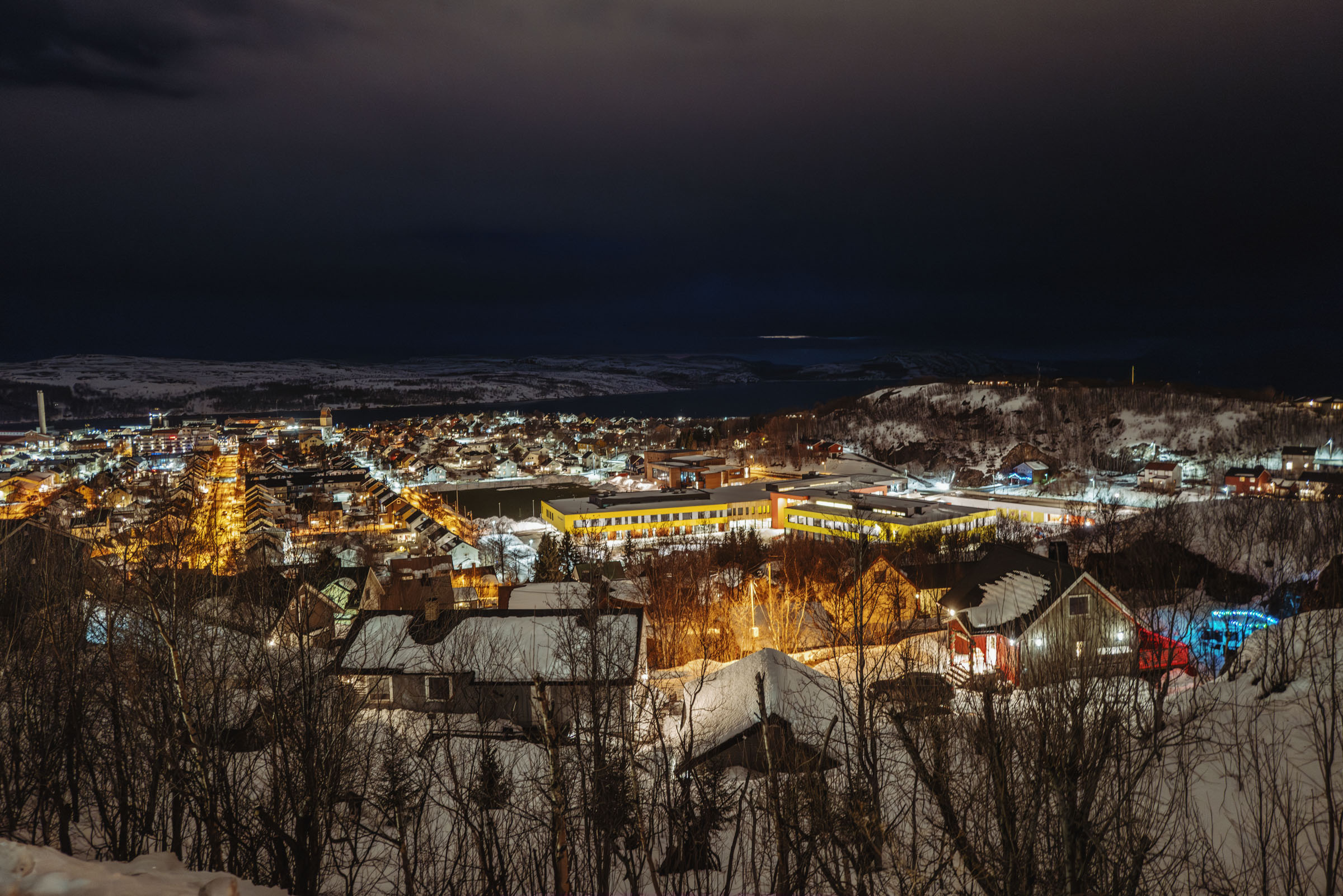
In the three decades since the end of the Cold War, Norwegians and Russians have become real neighbors here: Russian fishing vessels ported in Norway for repairs, while locals traveled back and forth across the border to shop, find work, and build friendships.
Russia’s full-scale invasion of Ukraine has upended all this, and Nilsen fears that real divisions are emerging again. “We’re seeing an iron curtain coming down; we’re losing contact," he says. “People are scared.”
The war in Ukraine has also heightened military tension in the far north. Kirkenes sits just west of the Kola Peninsula, where Russia bases its Northern Fleet and stores an arsenal of nuclear warheads. If Russia were to mount a military attack on the West, its forces would plausibly pass through the Barents Sea and Kirkenes to reach the Atlantic Ocean. In the last year, both Russia and NATO allies have stepped up patrols and naval exercises in the region.
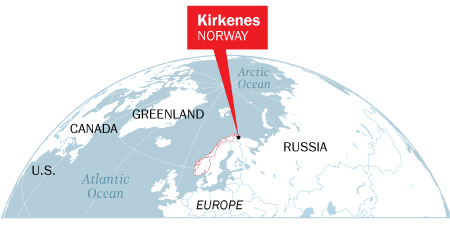
But what seems to trouble Nilsen most is the change among Russian people. Fewer of them are now willing to talk for fear telephone calls and chat rooms could be infiltrated by Russian intelligence. “For us living close to the border, we see that this is much more than the war,” Nilsen says. “Russia itself has changed dramatically. It has developed into a country of fear and violence, where nobody dares to stand up against authorities any more.”
Amid this climate, photographer Elijah Hurwitz spent a month in northern Norway to document the newfound tension in the region. Below is a snapshot of the people and places grappling with life in the High North today.
Thomas Nilsen, journalist
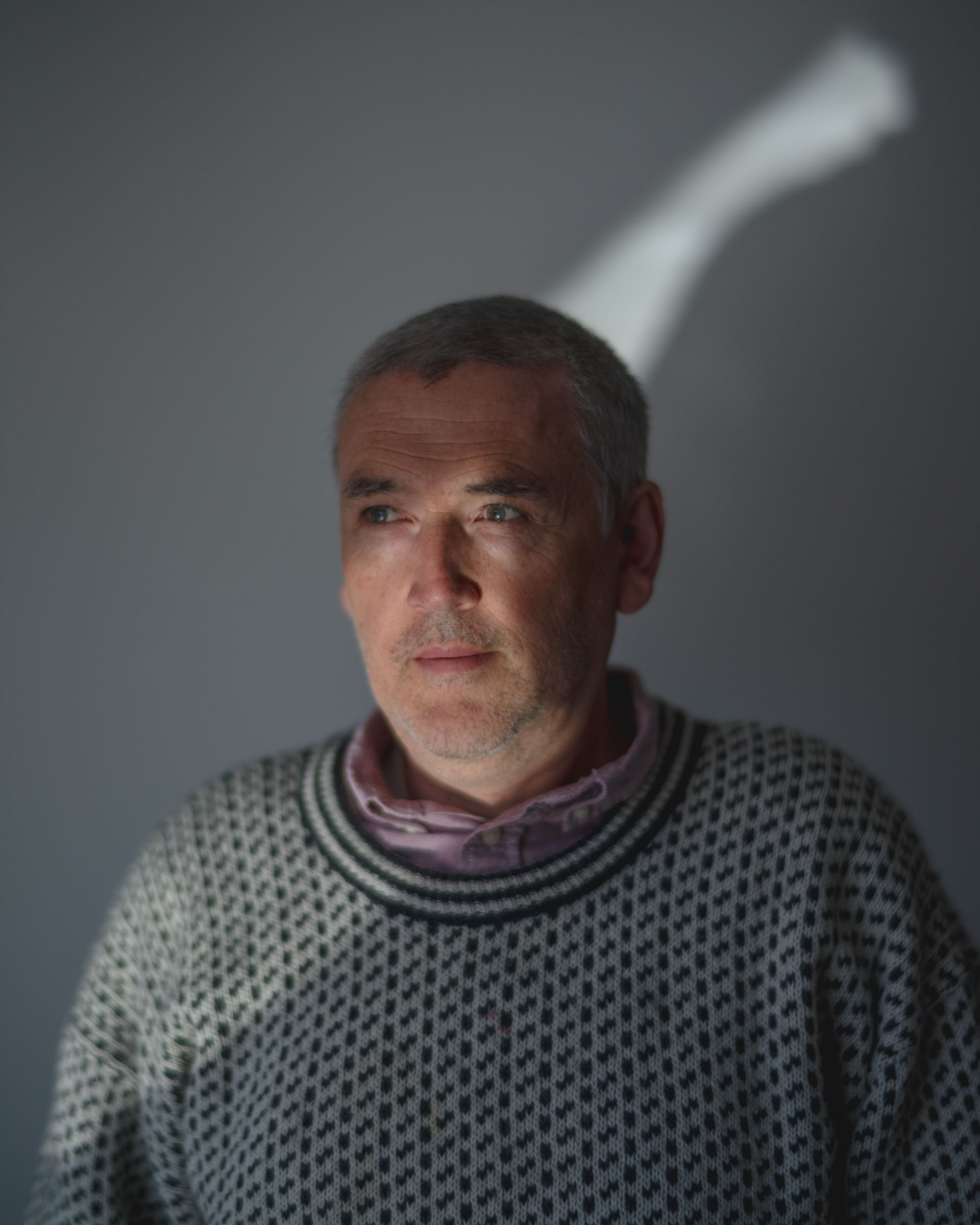
Nilsen held a fundraiser for the Barents Observer to hire Russian journalists who had fled their homeland. His journalists have not been able to travel to Russia since before the pandemic, and so they felt a sense of responsibility to step up coverage following the invasion of Ukraine.
“We decided that, okay, [Russia] had launched an illegal and brutal war in Europe, and our best tool is to boost our journalism and increase our work,” Nilsen says. “The unique thing with the Barents Observer is that we are in the north, we know the north, and we have our readers in the north. And that is an area, on the Russian side of the border, with full censorship. So we make a difference.”
Liza Vereykina, journalist


Exiled Russian journalist Liza Vereykina is one of three Russian journalists who now work for the Barents Observer.
A former video journalist and producer for BBC Moscow, Vereykina says that she left before what she calls Russia’s "insane criminal persecutions" caught up to her. "Evan Gershkovich's detention shocked and scared me. I'm grateful to the local community in Kirkenes for everything. The freedom of speech, the friendliness… everything," she adds.
Sasha Buluiev and Yuri London, Ukrainian refugees

Sasha Buluiev, 20, and Yuri London, 18, are two Ukrainians who have found refuge in Kirkenes. They are studying Norwegian in school and looking for work.
Both of their fathers are currently serving in the Ukrainian military. London keeps in touch with his father daily on messaging apps. "[When] I didn't hear from him for like 24 hours… I was losing my fucking mind," he says.
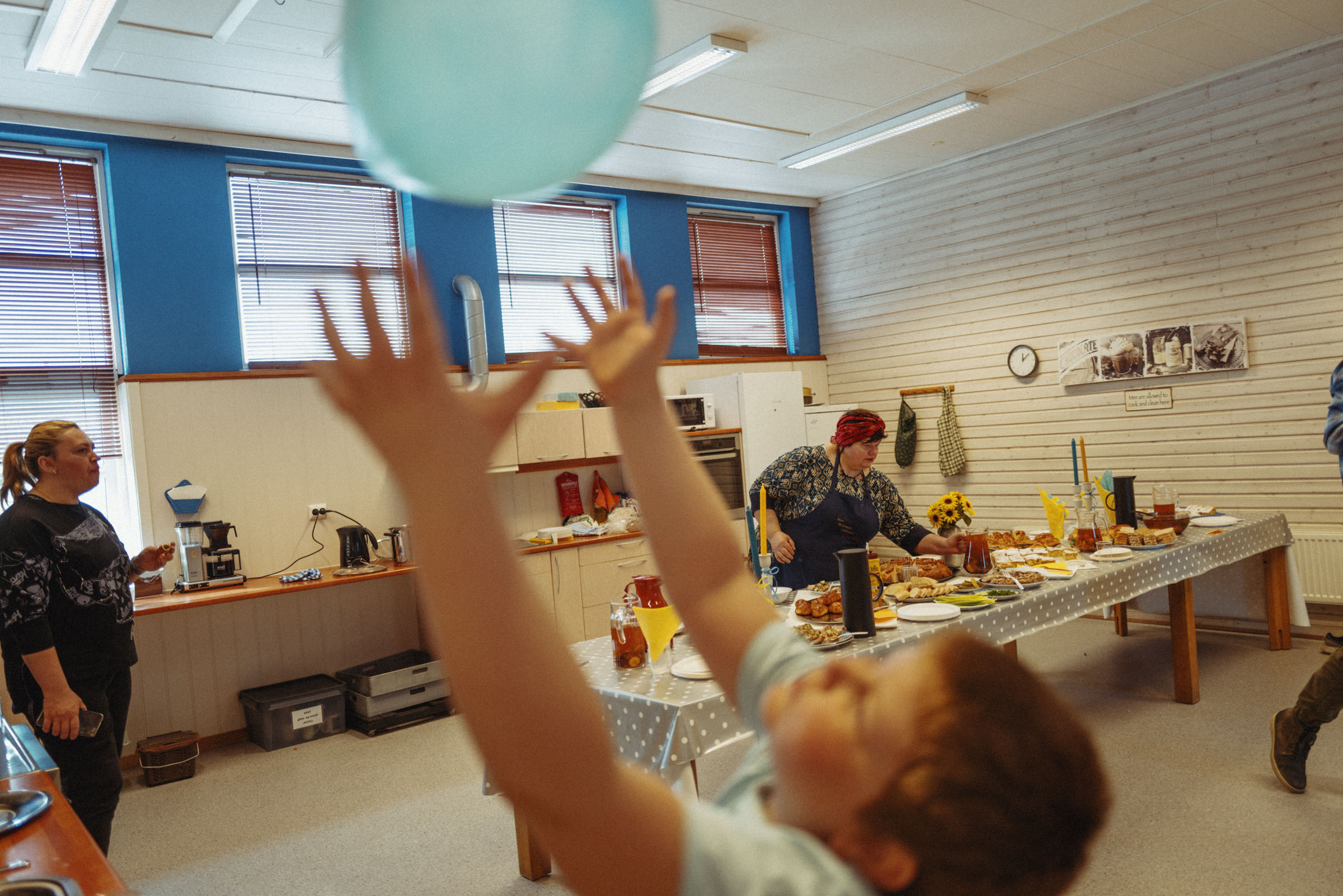
Buluiev and London are far from the only Ukrainians who have settled in Kirkenes. The budding community has set up events, including a pop-up café, to express gratitude to locals who have welcomed them. They also hope that these events can foster cultural exchanges.
Ulvar, Norwegian soldier


Ulvar is from Trondheim, in central Norway, and stationed at a military base in Sør-Varanger. He says that one annual tradition for young border soldiers is to jump in the Barents Sea, which they did after an Easter church service at the King Oscar chapel in Grense Jakobselv.
But Ulvar says he is worried about Russia's F.S.B. hacking into his cell phone. The area where he and other soldiers are stationed is so close to the border, he adds, that their network automatically switches to cell towers belonging to Russia.
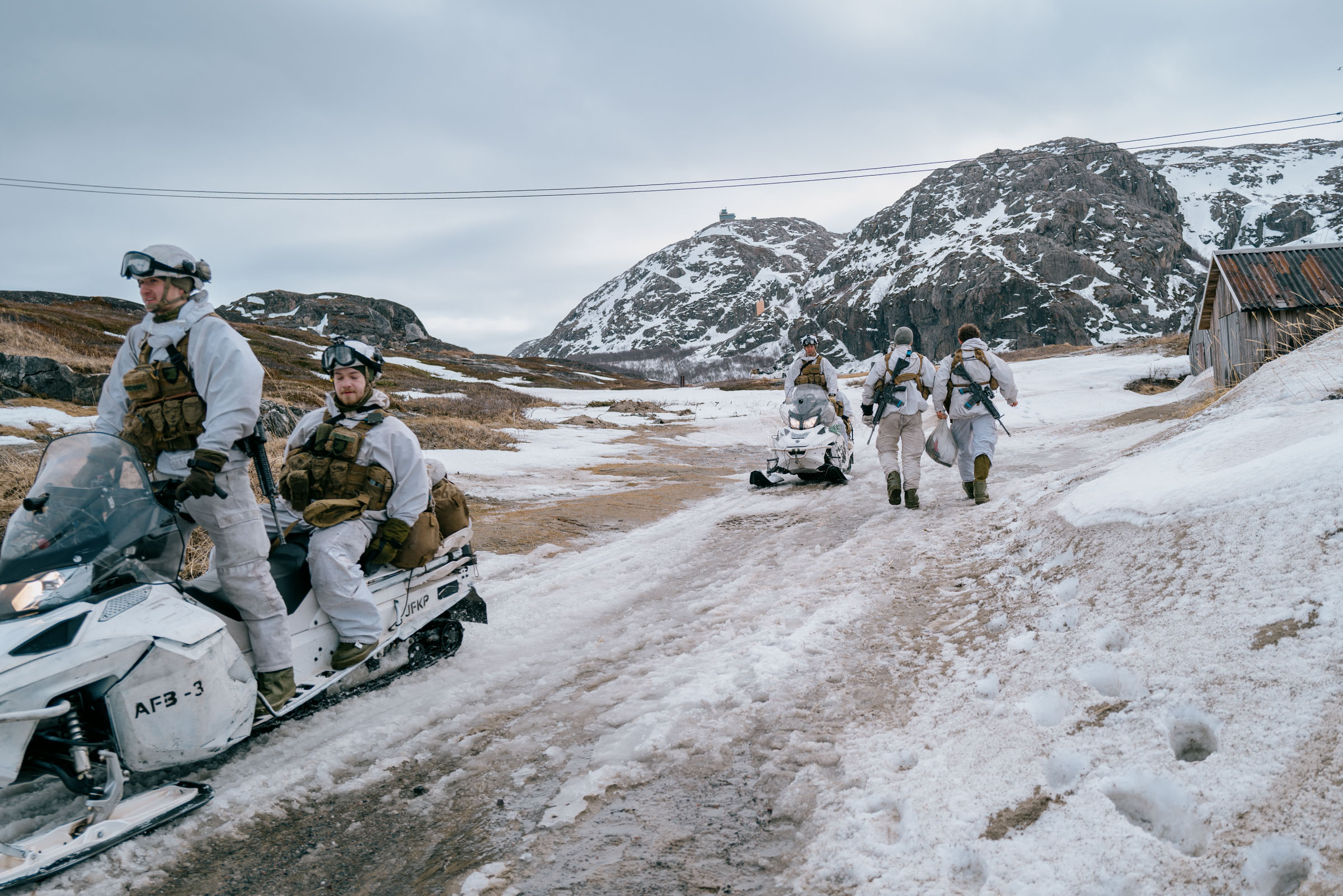
Paul Aspholm, scientist
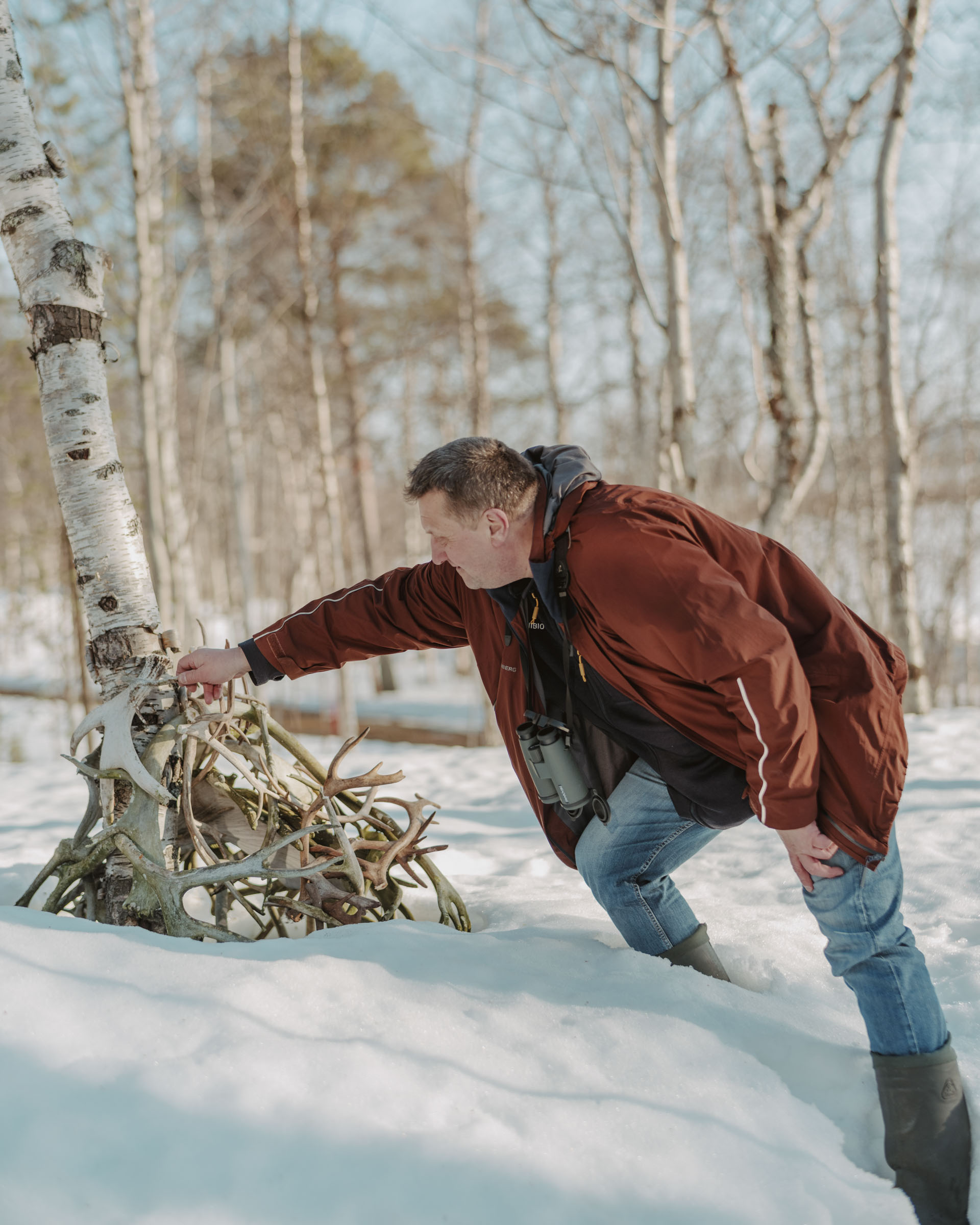
Environmental researcher Paul Aspholm works for NIBIO, a research institute based in the Pasvik valley that used to collaborate with Russian scientists. But the organization no longer receives data from its scientific counterparts across the border in Russia.
"In this area we used to have cross-border collaboration for things like monitoring bear and reindeer populations, water quality, and pollution," he says.
GLOBUS radar systems
The GLOBUS radar system, which is located in the fishing village of Vardø, Norway, is operated by the Norwegian Intelligence Service and is used for surveillance. Even before Russia's invasion of Ukraine, the radar system was a point of tension with Russia.
The facility was built with U.S. assistance and Russia has long argued that it constitutes an American defensive outpost. Russia has occasionally conducted military exercises in the region, including in 2017 and 2018, when it ran simulated attacks on GLOBUS.
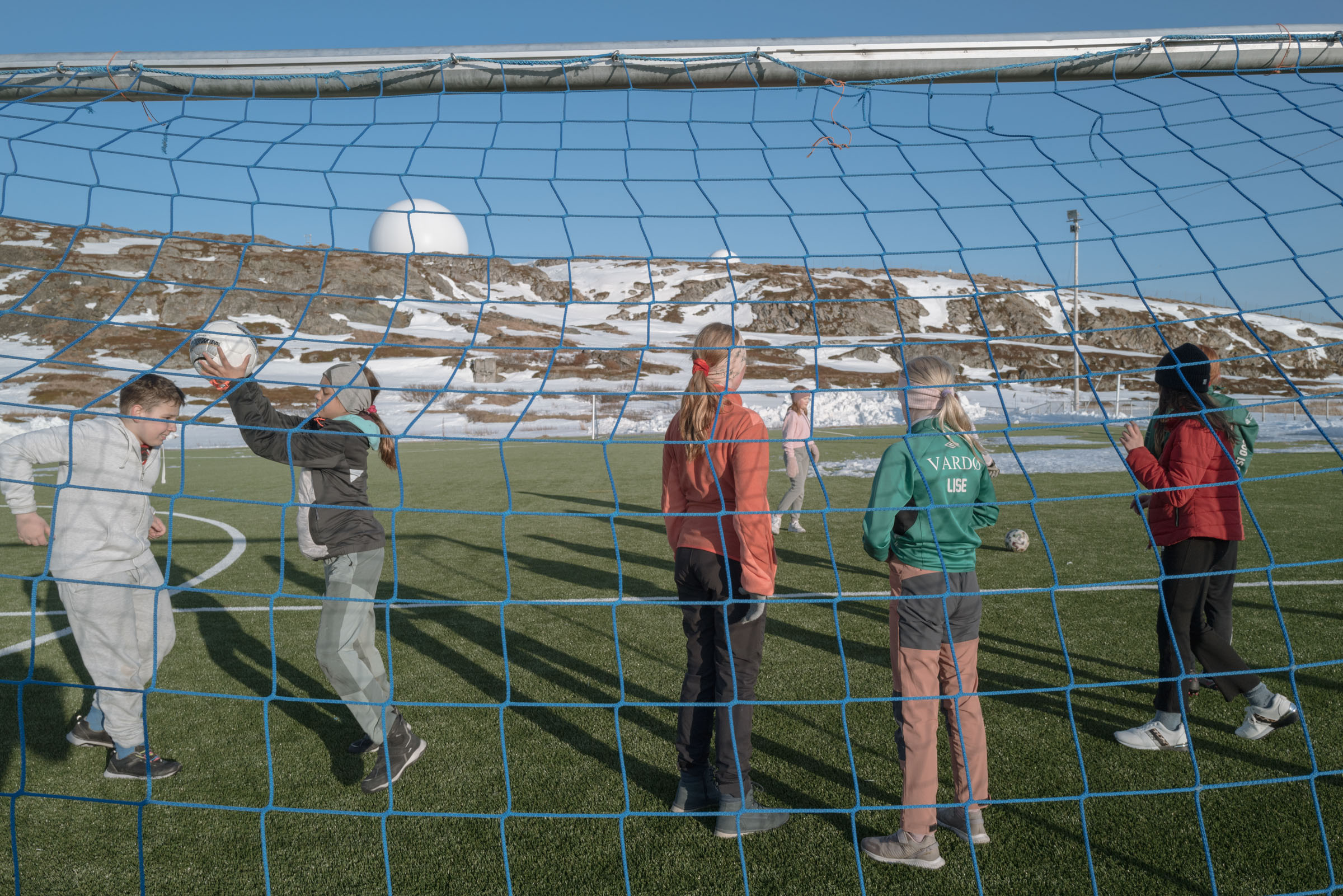
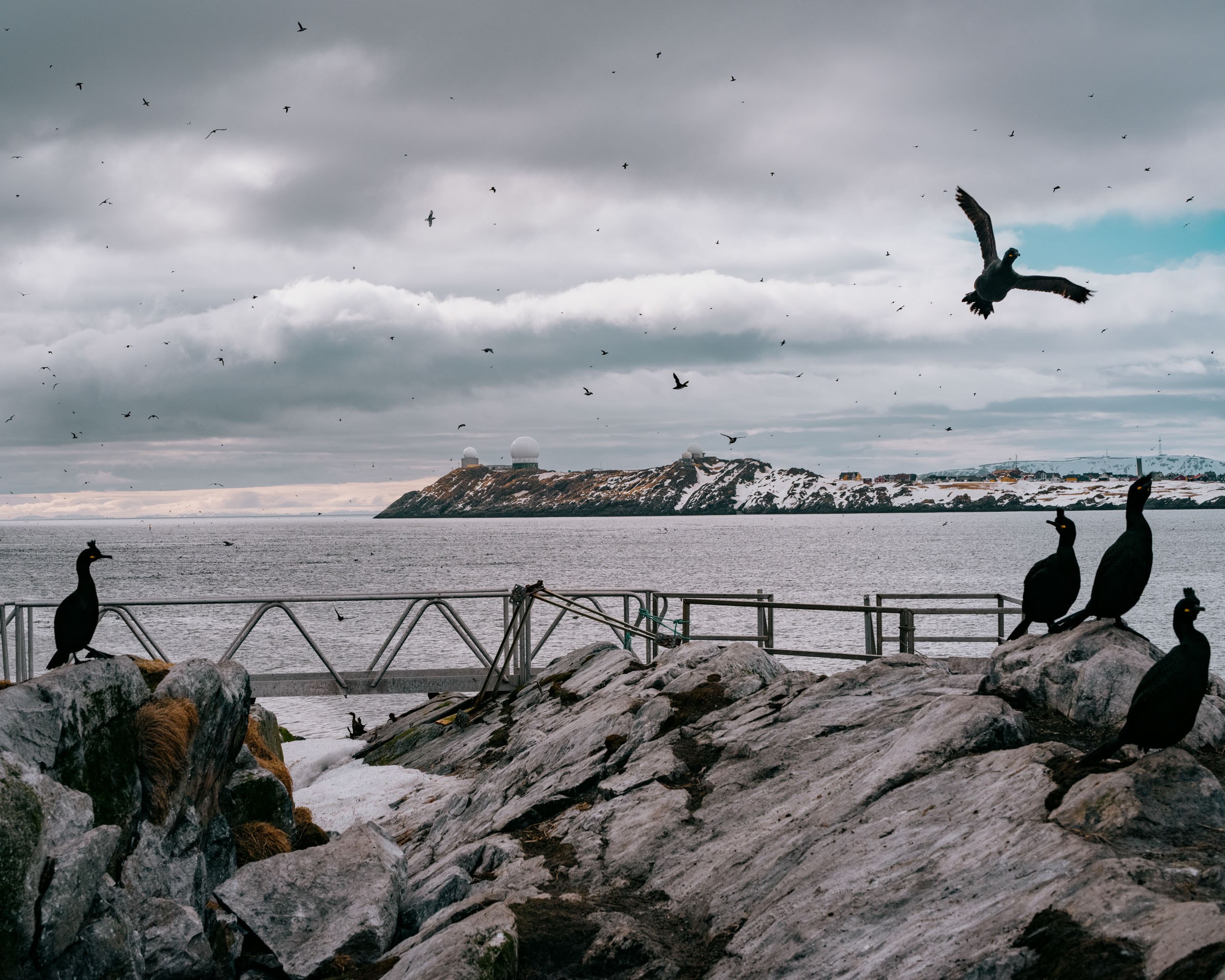
Correction, Aug. 14
The original version of this story misstated Liza Vereykina's job title. She is a journalist, not a student intern.
More Must-Reads from TIME
- How Donald Trump Won
- The Best Inventions of 2024
- Why Sleep Is the Key to Living Longer
- How to Break 8 Toxic Communication Habits
- Nicola Coughlan Bet on Herself—And Won
- What It’s Like to Have Long COVID As a Kid
- 22 Essential Works of Indigenous Cinema
- Meet TIME's Newest Class of Next Generation Leaders
Contact us at letters@time.com
